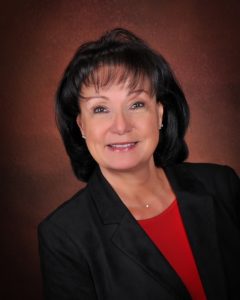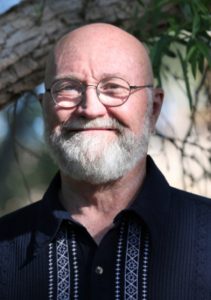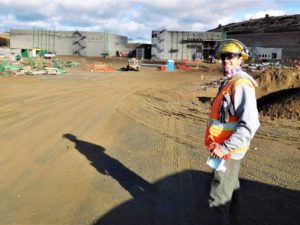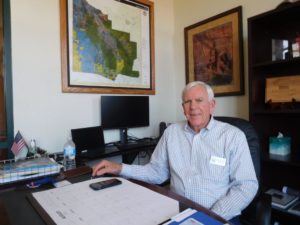It feels good to be in Arizona and even better to be a partner in the significant employment trends in Yavapai County.
The information gathered from the Bureau of Labor Statistics’ Current Employment Statistics (CES) and Local Area Unemployment Statistics (LAUS) programs provides insights into employment patterns through November 2023. It is essential to highlight the incorporation of not-seasonally adjusted (NSA) rates to ensure accurate comparisons.
Arizona OEO provided these Month-Over-Month (MoM) Trends:
Statewide NSA Unemployment Rate Decline: Arizona witnessed a significant decrease in the not-seasonally adjusted (NSA) unemployment rate, dropping to 4.0% from 4.4% between October and November 2023.
Robust Statewide Job Growth: The statewide total nonfarm employment surged, gaining 35,900 jobs (1.1%) within the same period.
Yavapai County’s Impressive Improvement: Yavapai County demonstrated resilience with a noteworthy drop in its NSA unemployment rate, declining from 3.9% to an impressive 3.4%.
Labor Force Expansion: Yavapai County’s NSA labor force experienced positive growth, adding 211 individuals, reflecting a dynamic and expanding workforce.
Local Job Market Boost: Yavapai County’s total nonfarm employment saw a gain of 300 jobs (0.4%), marking a positive trajectory for the local job market. Notably, historical data reveals that pre-pandemic, the county averaged a monthly change of 220 jobs in November from 2010 to 2019.
Year-Over-Year (YoY) Trends:
Statewide Job Surge: Arizona’s total nonfarm employment recorded a substantial YoY gain of 60,000 jobs (1.9%), indicating a broader statewide economic recovery.
Steady Growth in Yavapai County: Yavapai County continued its upward trajectory with a YoY increase in total nonfarm employment, gaining 200 jobs (0.3%). The data showcases a consistent growth pattern in the county’s economy over the past year.
These positive trends in both the statewide and county-level employment landscape underscore the resilience of Arizona’s economy, with Yavapai County emerging as a local leader in fostering economic recovery. In 2024, the county looks ahead with optimism, recognizing the collective efforts that have contributed to these encouraging employment trends.
Information for all local area and state-level employment projections can be found at www.oeo.az.gov. The Office of Economic Opportunity will also publish a monthly press release detailing statewide employment, unemployment and economic trends.
Our local ARIZONA@WORK-Yavapai County One-Stop Centers can also assist businesses and job seekers in learning more about employment trends. Call 928-778-1422 or email nacog_prescott@nacog.org.
It feels good to be in Arizona and even better to be a partner in the significant employment trends in Yavapai County. Infrastructure development is very important to us to support the sudden and steady growth in our area. QCBN
By Teri Drew
Teri Drew is the executive director of the Yavapai County Workforce Development Board.















